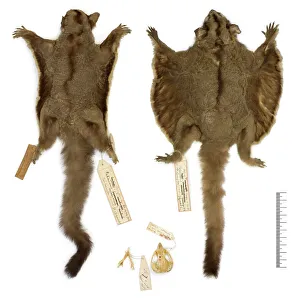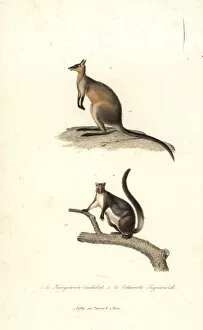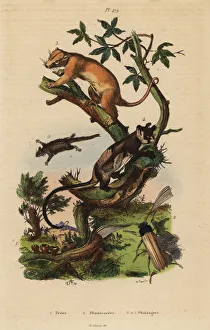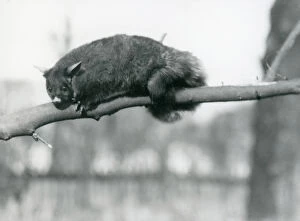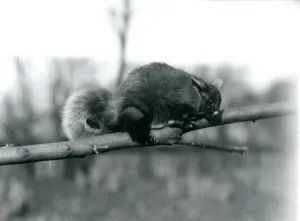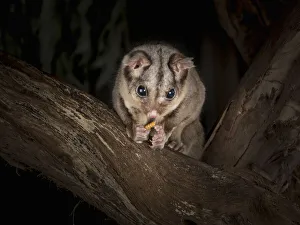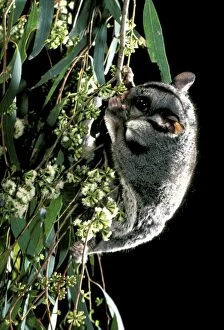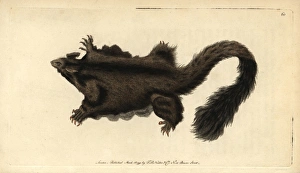Petaurus Collection
Petaurus, also known as sugar gliders, are fascinating creatures that belong to the Petauridae family
All Professionally Made to Order for Quick Shipping
Petaurus, also known as sugar gliders, are fascinating creatures that belong to the Petauridae family. One of the most well-known species is Petaurus breviceps ariel, commonly referred to as the sugar glider. These small marsupials are native to Australia and possess unique adaptations for their arboreal lifestyle. In their natural habitat, you may find them sharing their environment with other Australian wildlife such as swamp wallabies and yellow-bellied gliders. The yellow-bellied glider is another member of the Petaurus genus and can be distinguished by its distinct yellow belly. They often coexist with cuscus and feathertail possums in the lush forests they call home. An intriguing glimpse into history reveals a black-and-white photograph taken at London Zoo in 1923 featuring a Flying Phalanger observing from a branch above. This captivating image showcases the timeless allure these creatures have held for centuries. Another snapshot from February 1922 captures another Flying Phalanger perched on a branch at London Zoo, further emphasizing their enduring appeal. Observing these mesmerizing animals in action provides insight into their behavior and diet preferences. A striking photo depicts a sugar glider indulging in a meal worm while perched on a tree during nighttime hours—a testament to their nocturnal nature. The diversity within this genus becomes evident when considering different species like the southern petaurus or yellow-bellied glider alongside its northern counterpart. Each possesses unique characteristics that contribute to our understanding of these remarkable creatures' biology and ecology. Pictures numbered 10865295, 10865292, and 10865255 offer glimpses into various aspects life—whether it's capturing moments of playfulness or showcasing their graceful movements through treetops—the images serve as windows into an enchanting world worth exploring. Petaurus encompasses several captivating species, including the sugar glider and yellow-bellied glider.

